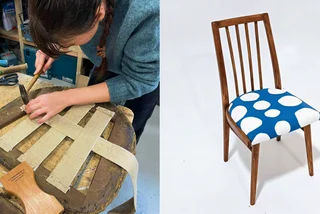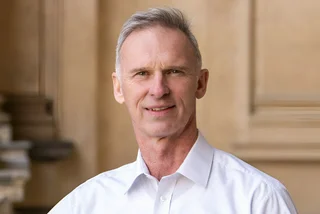January 26 marks the anniversary of current Czech President Miloš Zeman becoming the first Czech President elected through a process of universal suffrage. The change from a system of parliamentary nominations to a popular vote in 2013 was a major step towards ensuring that the Czech head of state is democratically elected.
In another year’s time, the country will celebrate ten years of universal suffrage in presidential elections while choosing the leader who will replace Zeman. The President’s role is supposed to be largely ceremonial, but in reality functions as an important voice in the nation’s international relations and exerts a powerful influence on the government's decision-making process.
How do Czech presidential elections work?
The Czech Republic’s two-round presidential elections operate similarly to France’s. An unlimited group of candidates fights it out in the first electoral round. If a candidate gains an outright majority (over half the vote) they are declared the country’s new president.
In the Czech election system, however, a candidate’s chances of winning a majority in the first round are slim. A wide range of candidates can run: anyone over the age of 40 can stand for president unless they have already served two terms in the role (like current president Zeman) or have been convicted of treason by the Constitutional Court. Candidates must have the written support of at least 20 MPs or 10 Senators to enter the rac, or the signatures of at least 50,000 citizens endorsing their candidacy.
If no candidate wins a majority in the first round, the election goes to a second vote with only the two highest-polling candidates from the first round included. The winner of this second vote is then declared the new president of the Czech Republic.
How did it work before?
For twenty years, from the formation of the independent Czech Republic in 1993 until the switch to a popular vote system in 2013, Czech Presidents were elected by both houses of the nation’s parliament: the Chamber of Deputies (the lower house) and the Senate (the upper house).
PARTNER ARTICLE
Votes from the two houses of parliament were counted separately, with 200 voters in the lower house and 81 in the upper house. To become president, a candidate had to win an outright majority in both houses.
A two-round system similar to the current model was used: if no candidate won a majority against the entire field in the first round, the second round of voting took place with only the top two candidates from the first round included.
Two presidents, both serving ten years (or their full allocation of two five-year terms as president) were elected in this system: Václav Havel (1993-2003) and Václav Klaus (2003-2013).
Who will be in the running next year?
Former Prime Minister Andrej Babiš is among the favorites to replace Zeman as Czech president. The ANO party leader is a controversial figure, but enjoys enough support to make him a strong candidate, at least in the first round of voting.
Candidates who have already announced their intention to run include Pavel Fischer, the current head of the Czech Senate’s defense committee, Karel Janeček, a mathematician and entrepreneur, and Petr Pavel, former armed forces Chief of Staff.
Today, Alena Vitásková threw her hat in the ring as former Chair of the Energy Regulatory Office. Another potential favorite yet to announce her candidacy is Danuše Nerudová, the outgoing head of Brno’s Mendel University with a committed fan base already in place.












 Reading time: 3 minutes
Reading time: 3 minutes 





























